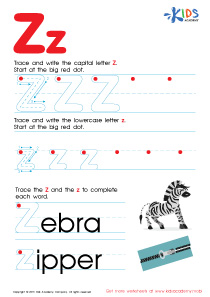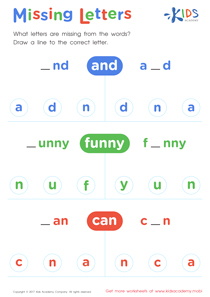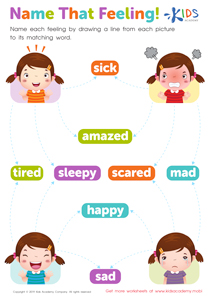Handwriting practice Extra Challenge Tracing Letters Worksheets for Ages 6-8
5 filtered results
-
From - To
Enhance your child's handwriting skills with our Handwriting Practice Extra Challenge Tracing Letters Worksheets, designed specifically for ages 6-8! These engaging worksheets provide a fun and effective way for young learners to refine their letter formation while building confidence in their writing abilities. With a variety of tracing options and exciting activities, kids will enjoy practicing uppercase and lowercase letters, improving their fine motor skills along the way. Perfect for home or classroom use, our worksheets foster creativity and promote literacy development. Download and watch your child's handwriting flourish as they tackle these enjoyable challenges!
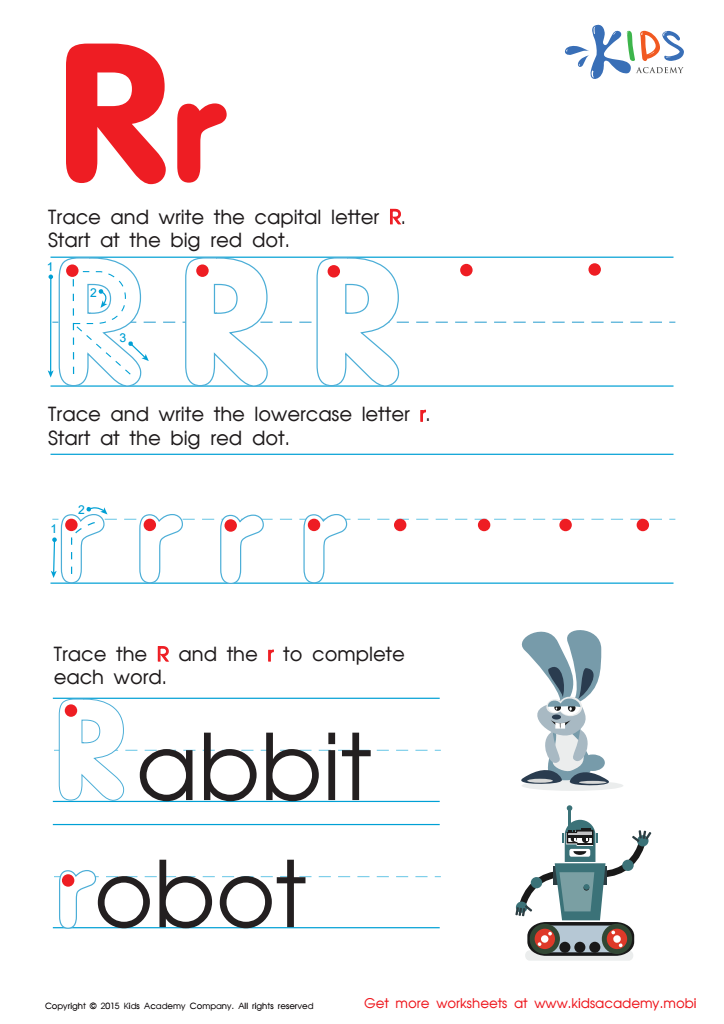

Letter R Tracing Page
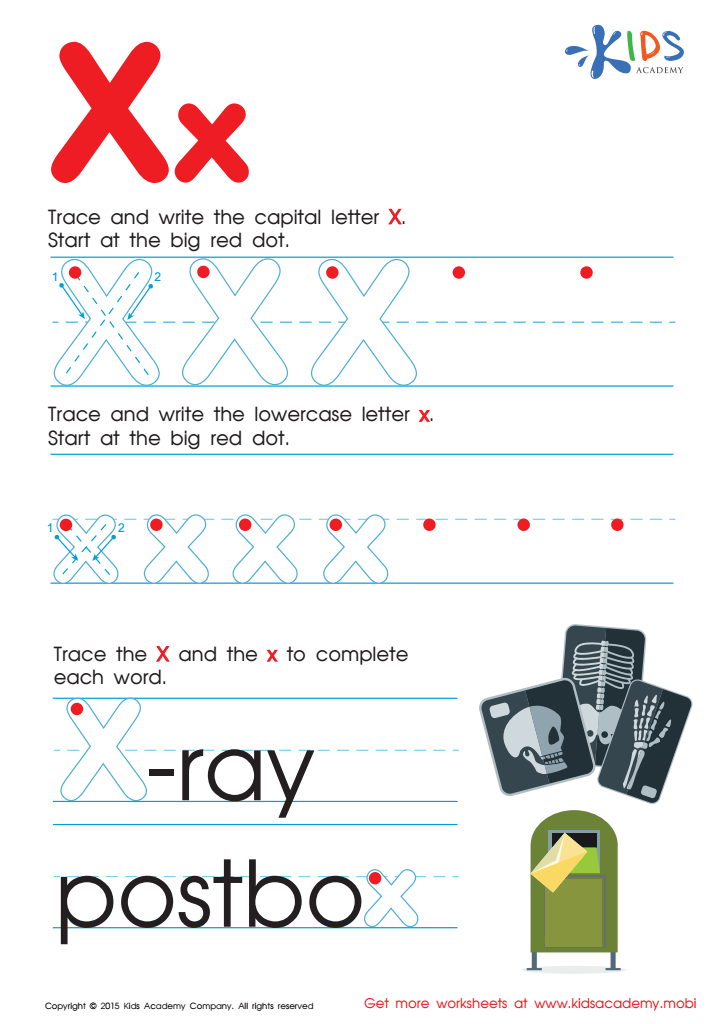

Letter X Tracing Page


Letter U Tracing Page
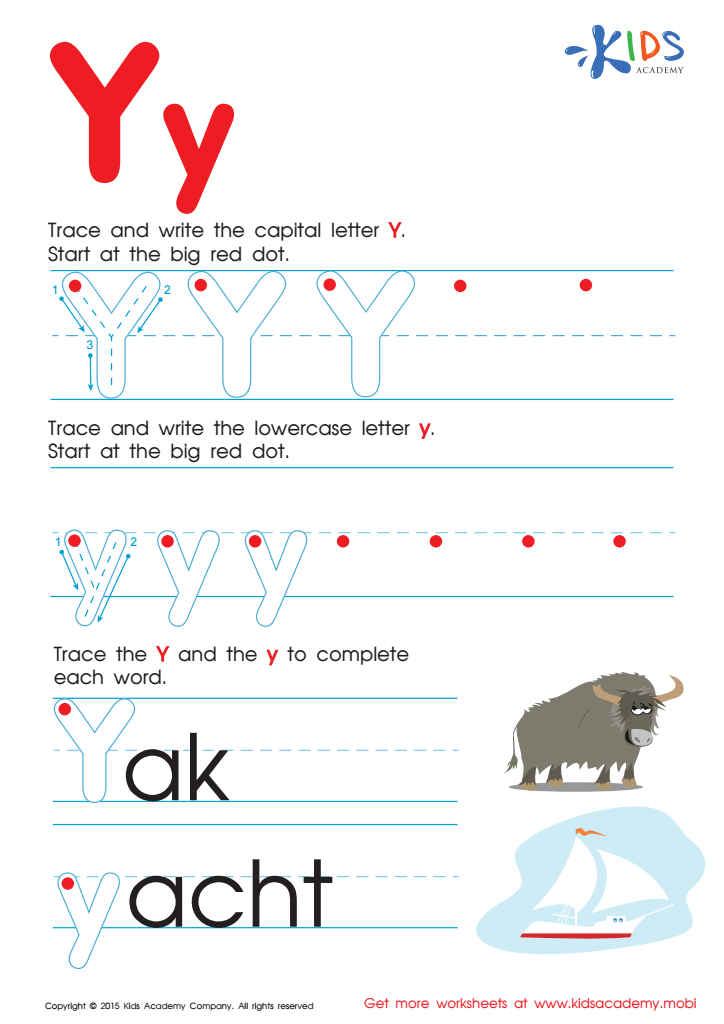

Letter Y Tracing Page
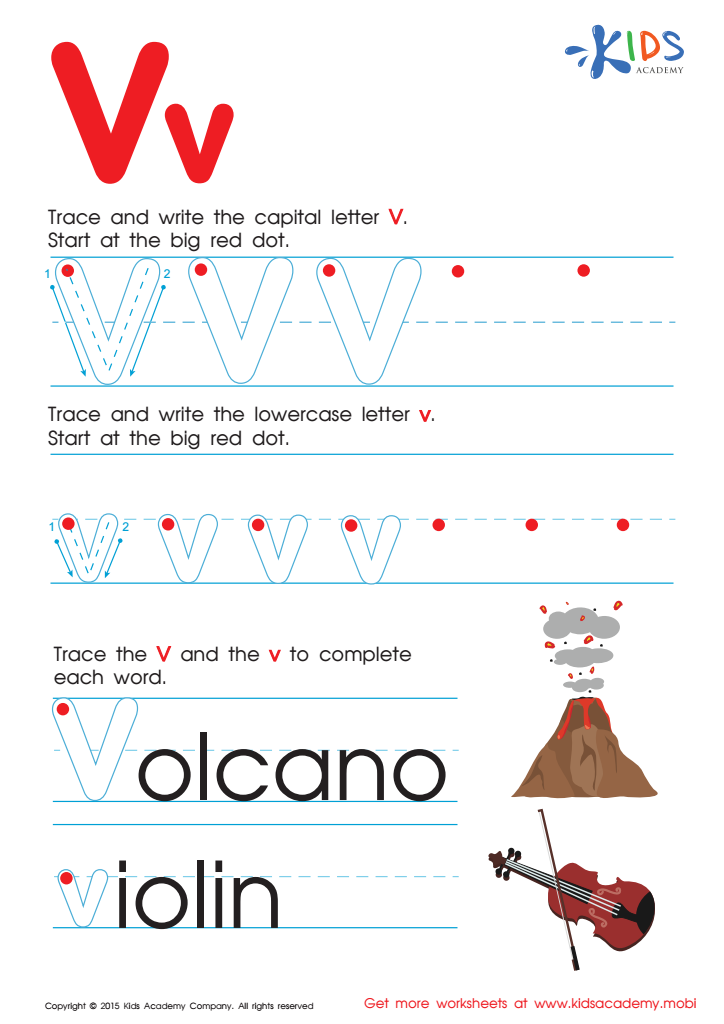

Letter V Tracing Page
Handwriting practice, especially activities like tracing letters, plays a critical role in child development for ages 6-8. This phase is foundational as children begin to develop their writing skills, which are essential for academic success and effective communication.
Firstly, tracing assists in refining fine motor skills, allowing children to strengthen the small muscles in their hands. This dexterity is crucial not just for writing but for various everyday tasks. Such practice fosters improved hand-eye coordination, promoting better control and fluency in handwriting.
Additionally, handwriting contributes to cognitive development. It activates different brain regions, enhancing memory and learning, thereby supporting literacy skills. Tracing letters also instills familiarity with word formation, spelling, and phonics, which are vital for their reading development.
Moreover, when children experience the joy of progress in their handwriting, it boosts their confidence and encourages a positive attitude toward learning. It also serves as a direct method for parents and teachers to assess a child's development and address areas needing support.
In contemporary education, where digital skills are increasingly emphasized, nurturing handwriting is still essential—for it remains a foundational tool for communication and expression in daily life. Parents and teachers should prioritize this skill to foster holistic development in young learners.
 Assign to My Students
Assign to My Students













